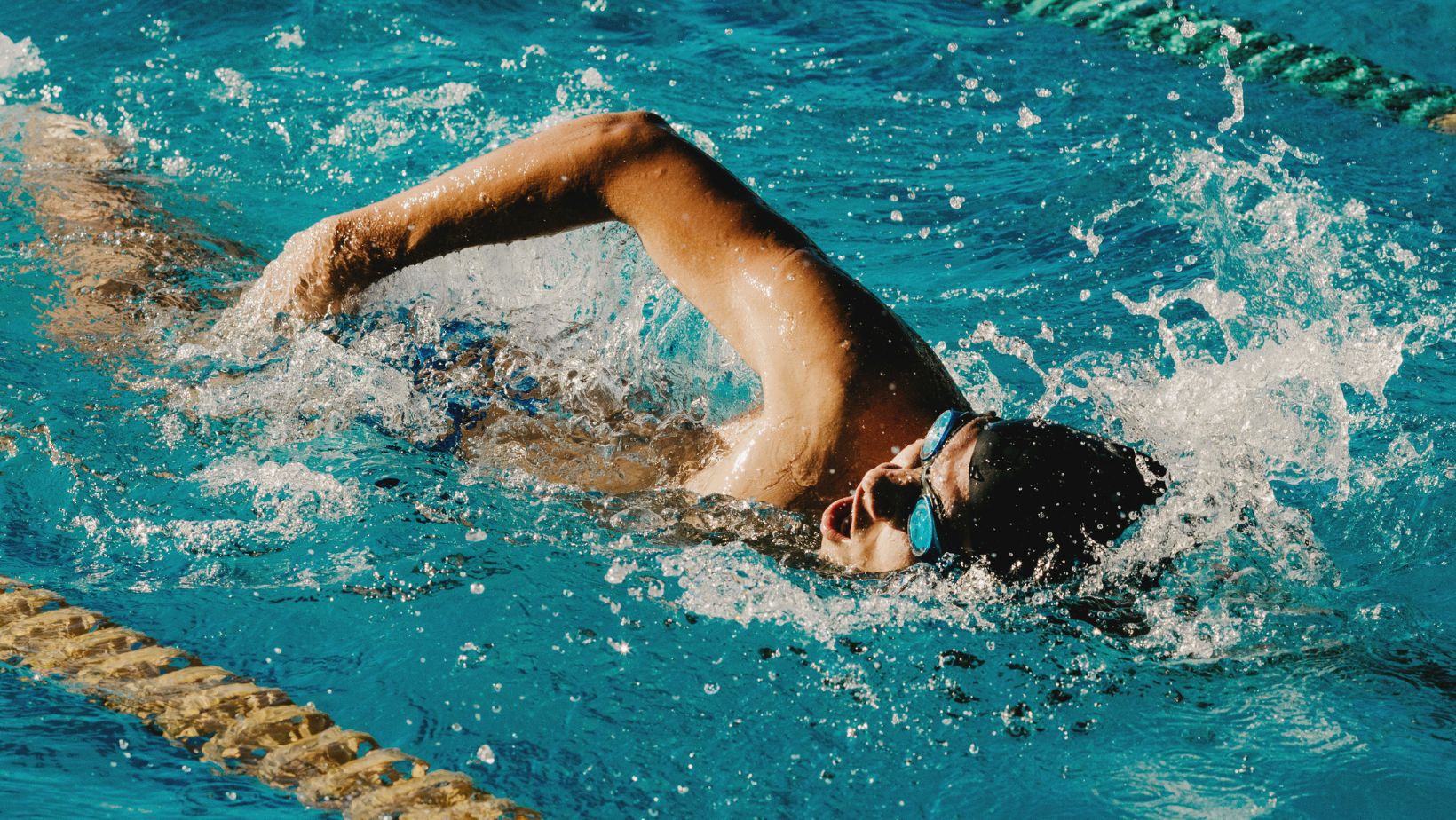Endurance sports share more DNA than most training plans admit. Running and swimming both demand rhythm, posture, and smart energy use. When lessons cross the lane rope and the track, progress speeds up, injuries calm down, and confidence climbs without extra mileage.
The language of odds fits here. Just as sports betting values probability over impulse, cross-sport training rewards planned risk, measured pacing, and data-led tweaks. Borrowing methods across disciplines improves the chance of a strong season while avoiding the all-eggs-one-basket trap.
Shared Foundations That Transfer Cleanly
Both sports lean on controlled breathing, efficient cadence, and stable midline strength. Each rep is a sequence of micro-decisions about posture and effort. When the diaphragm learns to guide the tempo and the core learns to hold the frame, speed becomes a byproduct rather than a strain.
Technique is the amplifier. The same idea that cuts drag in water reduces braking forces on the road. Small changes to head position, arm path, and foot strike deliver outsized returns because friction drops in every stride and stroke.
What Runners Learn From Swimmers
- Paced breathing under stress
Pool intervals teach constrained inhalation patterns that reduce panic and stitch on hard efforts. - Quiet shoulders and long lines
Streamlining lessons encourage tall posture, relaxed traps, and a stable head, which smooths overstriding and cuts bounce. - Elastic kick timing
Coordinating hip drive with arm action in a flutter kick maps well to glute activation and late stance propulsion on land. - Low-impact aerobic volume
Water sessions extend aerobic work without pounding joints, useful during recovery blocks and heat waves. - Drill culture and feedback
Short, focused drills with immediate cues build faster form change than long steady slogs.
These swim-to-run transfers favor rhythm over force. The result is a quieter gait, steadier heart rate, and fewer aches from sloppy mechanics. Many runners discover that two pool sessions per week allow weekly mileage to rise without the usual soreness tax.
Mobility, Strength, And Recovery
Swim warm-ups often include controlled shoulder patterns and thoracic rotation. Runners who adopt that sequence report easier arm drive and better chest opening, which improves oxygen uptake. Conversely, runners bring simple calf-soleus routines that help kick endurance.

Shared recovery tools like contrast showers and easy band work shorten the gap between hard days.
What Swimmers Learn From Runners
- Cadence as a metronome
Foot-strike drills teach tempo awareness that translates to stroke rate control without frantic effort. - Hills for durable power
Short hill repeats build posterior chain strength that shows up in starts, turns, and late-set drive. - Economy tracking with splits
Negative splits and even pacing from the track help swimmers resist early sprinting that ruins sets. - Simple plyometrics for snap
Light hops and skips develop stiffness that improves push-off quality and streamline speed. - Mindful footwear and stride care
Basic shoe rotation and foot strength work reduce overuse issues when dryland volume rises.
These run-to-swim lessons add structure and awareness. Stroke rate steadies, walls become weapons, and late-set fade shrinks. A small dose of land work also boosts bone density and general resilience, assets in long competitive seasons.
Planning A Week That Respects Both Sports
A blended plan wins with clarity. Anchor the week around one primary key session per sport, and keep the rest supportive. For example, match a pool threshold set with a light run the next day, or follow a track workout with an easy technique swim to flush fatigue. Avoid stacking maximal efforts back to back. Progress arrives when the nervous system absorbs skill, not when every day turns maximal.
Fueling, Sleep, And Data That Matter
Hydration needs to shift between environments. Pool work hides sweat, so salt balance deserves attention. Land sessions may require more simple carbs early to protect quality. Sleep restores more than muscles. It consolidates technique, which is the real engine of cross-sport gains. On the data front, track a small set of metrics only: resting heart rate, perceived exertion, and two or three repeatable splits. Simplicity keeps focus where it belongs.
Mistakes To Skip And How To Adapt
Common errors include copying full plans from one sport into the other or doubling intensity without reducing volume. Better outcomes come from gentle swaps. Replace a junk run with drills in the pool. Replace a junk swim with strides and mobility. Let form quality decide session length instead of chasing round numbers.
The Compounding Effect
Cross-sport training is a quiet compounding machine. Breathing from the pool calms late-race surges on the road. Cadence discipline from the track stabilizes stroke rate in the final 200. Small skills feed each other until progress feels almost unfair. With patient planning, clean technique, and sensible recovery, runners and swimmers trade strengths, cover weaknesses, and build a more durable engine for any season.

